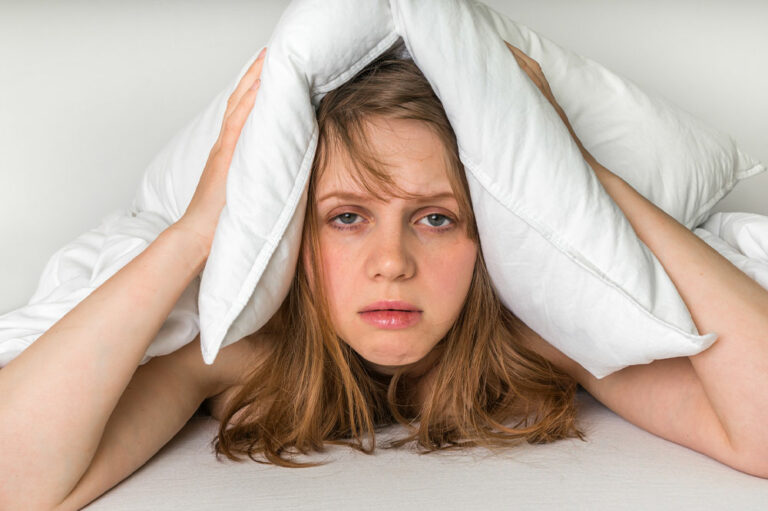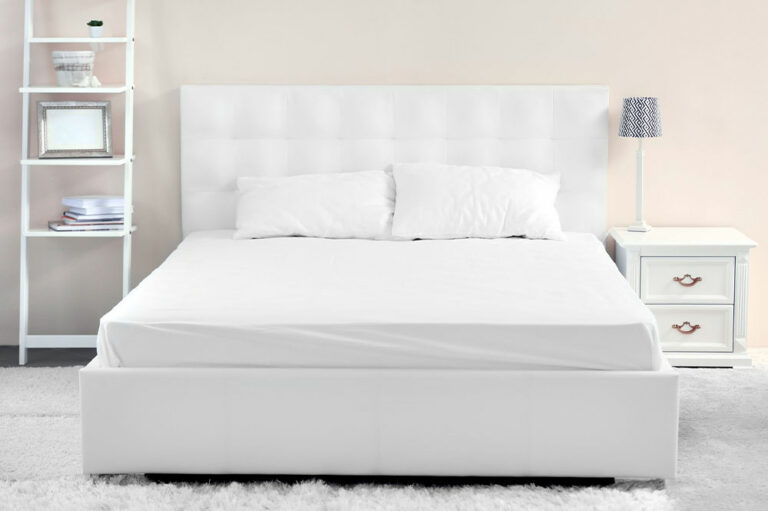7 unhealthy habits that make mattresses dirty

Mattresses are supposed to be havens of comfort and relaxation. However, due to various unhealthy habits, they can easily become breeding grounds for bacteria, allergens, and unpleasant odors. To create a cleaner and healthier sleep environment, it is crucial to understand the habits that contribute to mattress dirtiness. By addressing these habits and implementing proactive strategies, individuals can ensure that their mattresses remain clean. A well-maintained mattress enhances sleep quality and promotes overall health and well-being.
Not using a mattress protector
Without a protective barrier, mattresses are susceptible to liquid spills from beverages, sweat, or accidents. These liquids can seep into the mattress, providing a breeding ground for bacteria and mold. Dust mites, attracted to warmth and moisture, thrive in unprotected mattresses. To avoid these issues, it is recommended to invest in a high-quality waterproof mattress protector. This impermeable layer protects against spills and stains, preventing them from reaching the mattress surface.
Snacking in bed
Crumbs and food remnants attract pests like bed bugs and create an environment for bacteria to flourish. Over time, this can result in unpleasant odors and compromise the mattress’s hygiene. It is best to establish a no-food zone in the bedroom. However, if snacking in bed is unavoidable, use trays or placemats to contain crumbs. Regular vacuuming and rotating the mattress surface can help eliminate lingering particles.
Neglecting regular mattress cleaning
Over time, mattresses accumulate dust, dead skin cells, and other allergens. This build-up can lead to respiratory issues, skin irritation, and an unhygienic sleeping environment. To remove dust and allergens, vacuum the mattress surface regularly using an upholstery attachment. Periodically, sprinkle baking soda on the mattress, let it sit, and then vacuum it to neutralize odors.
Not using bedsheets
Without a protective barrier, body oils, sweat, and dead skin cells are directly transferred to the mattress surface. This can lead to the formation of stains, an unpleasant smell, and the accumulation of allergens. Therefore, it’s highly recommended to always use fitted sheets, flat sheets, and pillowcases. These act as a barrier between the body and the mattress, preventing direct contact and protecting it from oils and sweat.
Allowing pets on the bed
Allowing pets to share the bed exposes the mattress to fur, dander, and potential accidents. Pet fur and dander can trigger allergies and attract pests. Accidents, such as urine or vomit, can lead to lingering odors and unsanitary conditions. However, if allowing pets on the bed is a must, use washable, pet-friendly covers and regularly clean the bedding to minimize the impact on mattress hygiene.
Failing to rotate the mattress
Failing to rotate the mattress can result in uneven wear and compression, reducing lifespan. It may also contribute to the development of uncomfortable sagging areas. Follow the manufacturer’s recommendations for mattress rotation. This helps distribute weight and wear evenly, prolonging the mattress’s durability and comfort.
Neglecting to air out the mattress
Lack of ventilation can trap moisture within the mattress, creating a conducive environment for mold and mildew growth. This can lead to unpleasant odors and compromise the overall cleanliness of the mattress. Strip the bed linens and allow the mattress to air out for a few hours periodically. This helps release trapped moisture, keeping the mattress fresh and hygienic.










